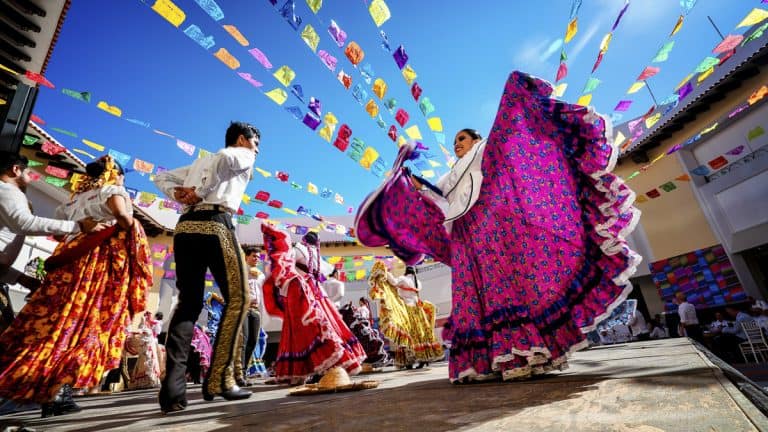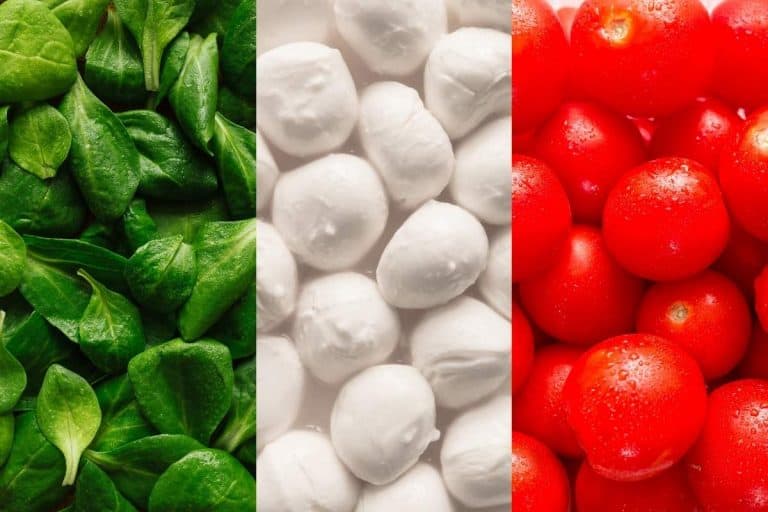Last updated December 16, 2022
Scotland, and Scottish people, are infamous for incoherent accents, haggis, men in skirts, tales of a Loch Ness monster, and supremely interesting history. With such a varied past, it’s easy to see how Scotland’s culture is fascinating and full of intricacies (wait until you learn what the national animal is). Needless to say, there are a lot of facts about Scotland that might actually make you question if they are true!
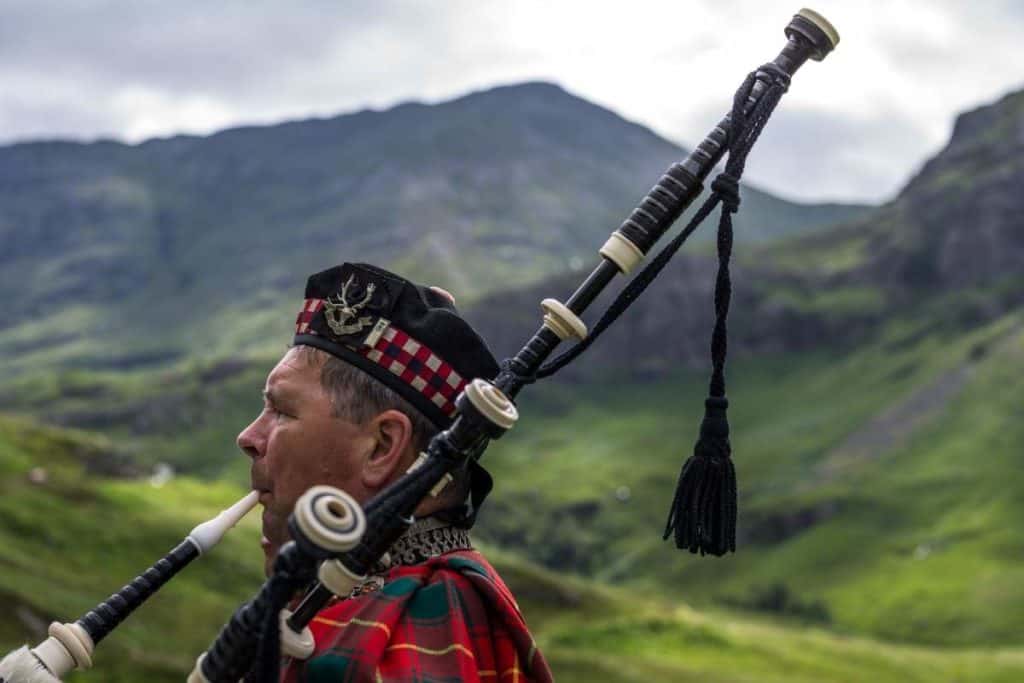
We had many to choose from but dialled into the following 40+ interesting facts about Scotland so that you can impress your friends and coworkers with some bonnie knowledge.
Consider yourself already an expert on all things Scotland? Then go ahead and test your knowledge with our Scotland quiz, or if you’re not quite ready for that, read on to learn some facts that will blow your mind.
40+ Facts About Scotland
Geography
~ Scotland is part of the island of Great Britain alongside England and Wales and part of the United Kingdom.
~ Edinburgh, the capital city of Scotland, is known for its impressive and historic fortification – the Edinburgh Castle. Also referred to as Castle Rock, it is notable for being built upon an extinct volcano! It also holds the impressive title of being the most besieged place in Europe – with a recorded 23 siege attempts throughout the centuries.
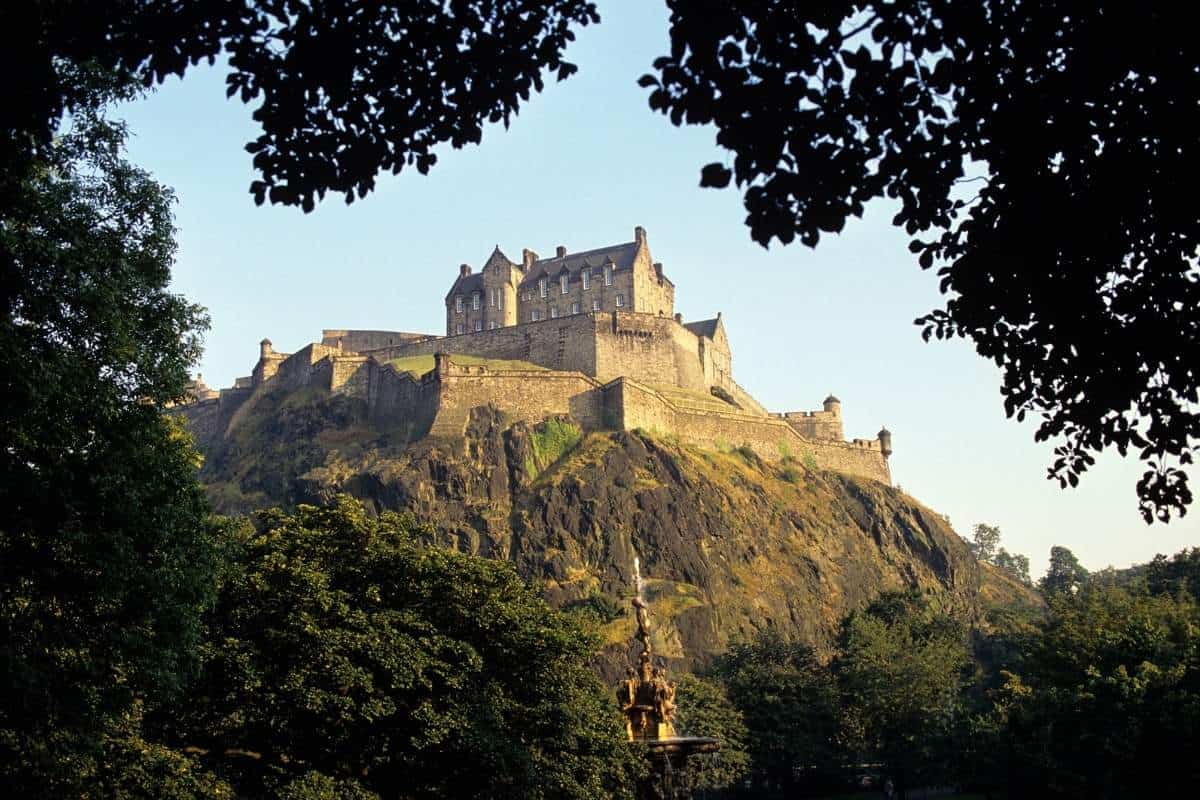
~ There are over 900 Scottish islands! The islands are divided up into different sections: Inner Hebrides, Outer Hebrides, Orkney Islands, and Shetland Islands – perfect for island hopping.
~ Edinburgh is the capital city of Scotland, however, Glasgow is the largest city in the country.
~ One of the more confusing facts about Scotland: It is not actually an independent nation. Wales, Scotland, Northern Ireland, and England make up the United Kingdom and although they all can be described as countries (or nations), none of them are fully independent countries. In 2014, Scotland actually held a referendum on separation from the UK, but the vote to stay was 55% to 45%. There are talks of another referendum.
~ The Grampian Mountains are one of the three major mountain ranges in Scotland. They occupy a large portion of the Scottish Highlands in northern Scotland. The other two mountain ranges are Southern Uplands and Central Lowlands.
~ Ben Nevis is actually not a person but a Scottish mountain peak! It is not only the highest point in Scotland but also the highest peak in the whole United Kingdom at 4,418 feet.
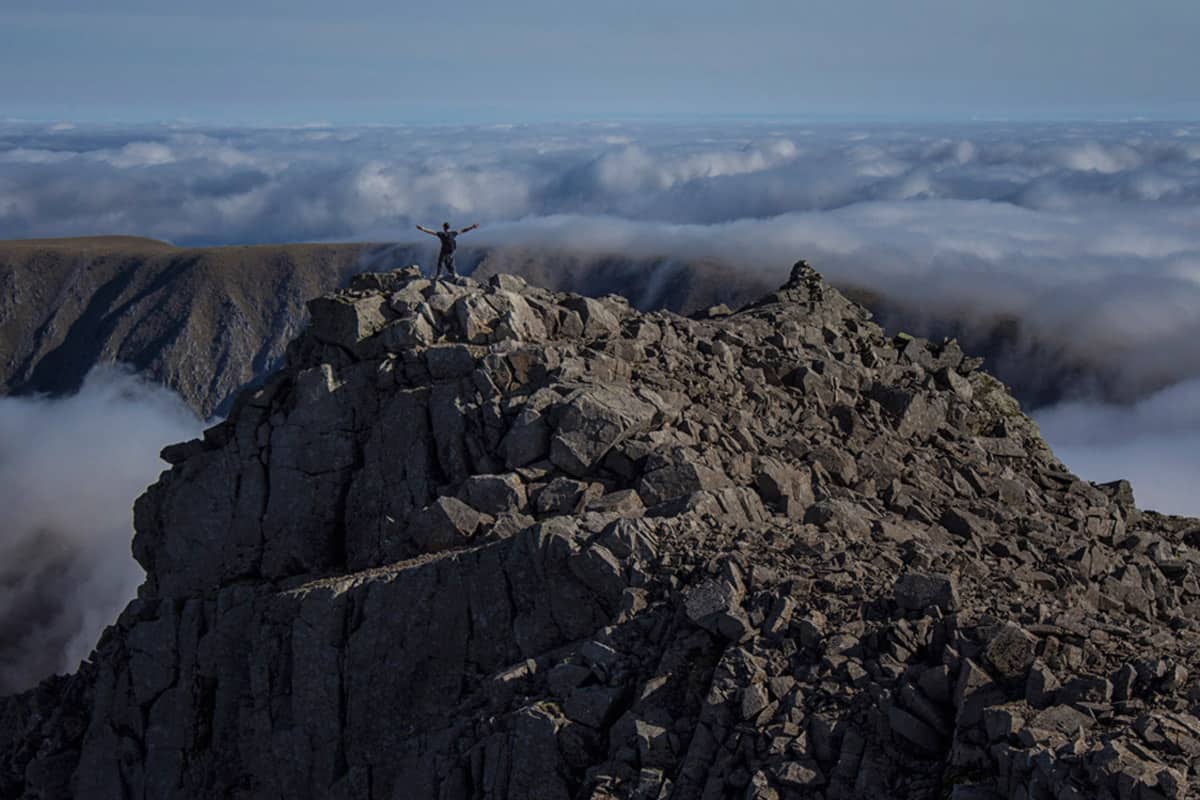
People and Languages
~ A Scottish accent or brogue is known all over the world! However, Scotland actually has three official languages: English, Scots Language, and Scottish Gaelic.
~ Scottish Gaelic is an ancient Celtic language that evolved from Old Irish and is spoken by only 1% of the population.
~ Scots is a Germanic language that is similar to English.
Inventions
~ Golf was invented and first played on the east coast of Scotland in the 15th century. The sport began with players attempting to hit pebbles over sand dunes with sticks. Interested in playing a round of golf? Scotland, the homeland of the sport, has some world-class courses to choose from. Particularly East Lothian is known as Scotland’s Golf Coast and has multiple courses dotted throughout.
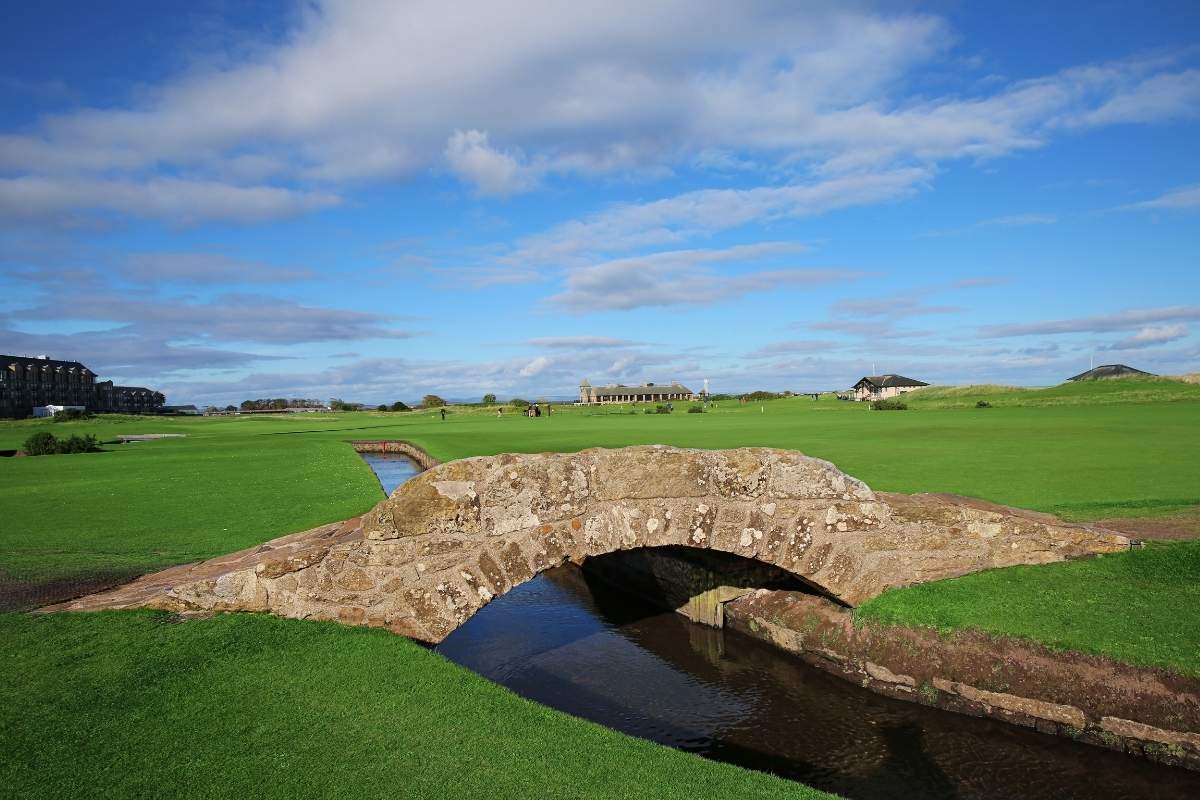
~ The inventor of the modern steam engine was Scottish. The steam engine is known as the invention that kickstarted the Industrial Revolution and was invented by the notable engineer James Watt in the 1800s.
~ The famous children’s story Peter Pan was penned by Scottish author JM Barrie.
~ A Scottish man named Charles Macintosh invented the raincoat in 1824.
~ Scottish writer Sir Arthur Conan Doyle created the fictional character of Sherlock Holmes.
~ Other notable Scottish inventions of the modern world include penicillin, the telephone, the refrigerator, toasters, the sport of curling, and more!
Nationalism and Culture
~ The unicorn is Scotland’s national animal. The mythical creature has had the honor of being the official animal since the 1500s.
~ The Scottish flag is blue with a white X-shaped cross throughout the middle. The cross symbolism represents Saint Andrew, the patron saint of Scotland and the blue is representative of a blue sky. Hence why the flag is also called Saint Andrew’s Cross.
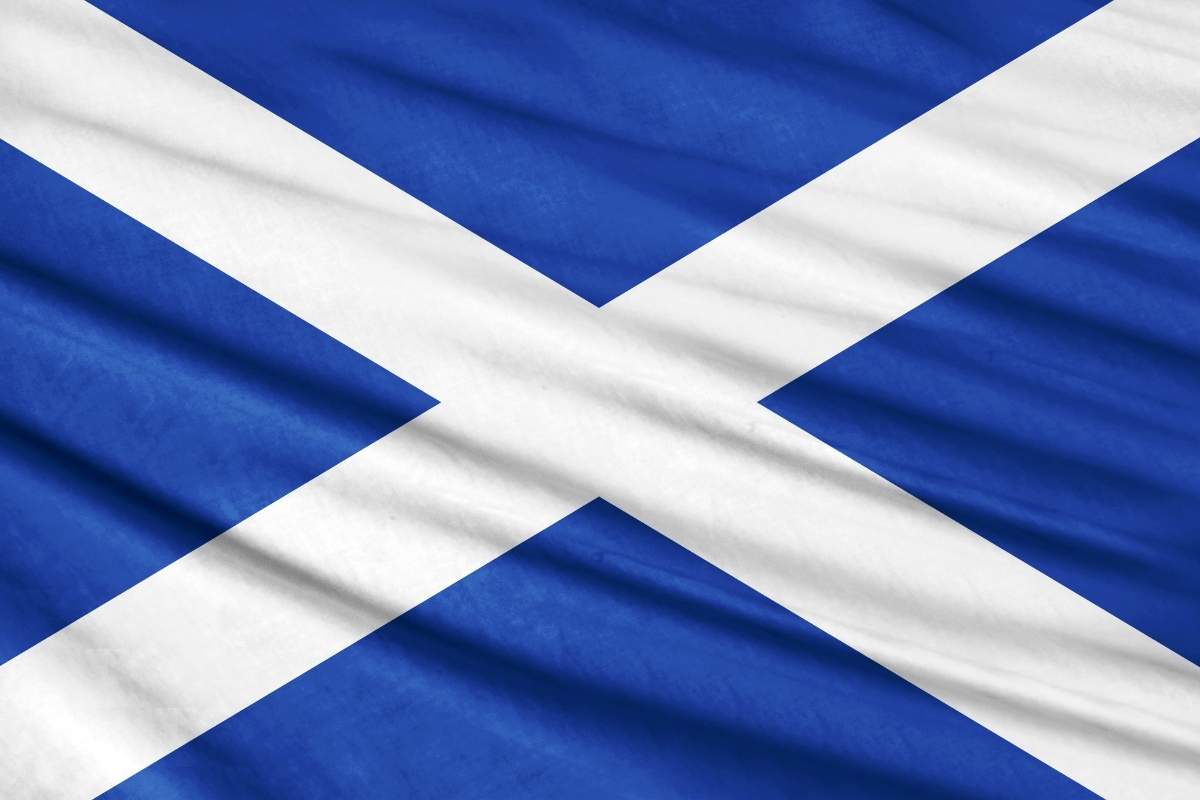
~ Burns Night is an annual event celebrating Scottish poet Robert Burns that occurs every year on his birthday. The event specifics can vary but usually always includes reciting one of his poems, drinking whiskey, and eating haggis. Robert Burns was born on 25th January 1759, and he is responsible for penning the famous poem ‘Auld Lang Syne’ among many others.
~ Hogmanay is an annual two-day Scottish festival for New Year’s Eve. This superstitious event has roots going back all the way to the era of the Vikings.
~ The Scottish clan system in the Scottish Highlands goes back thousands of years whereby each clan acted as its own tribe. The clans were made up of family members and people who had loyalty to the chief and each clan held a particular territory. Clan members could be distinguished from each other by the unique pattern on the clothes they wore. Also known as a clan tartan.
~ Scottish people are notoriously patriotic. Two key figures of Scottish nationalism are William Wallace along with Robert the Bruce who were influential figures in the fight for Scottish Independence from the English. Bruce was actually King of Scotland from 1306 – 1329.
~ Mary, Queen of Scots, was crowned Queen of Scotland at just 6 days old in 1542.
Scottish History and Landmarks
~ Bet you didn’t know this fact about Scotland…it is the home to ruins that date back farther than both Stonehenge and the Great Pyramids of Giza! Skara Brae is a village located on the Orkney Islands that was inhabited over 5,000 years ago.
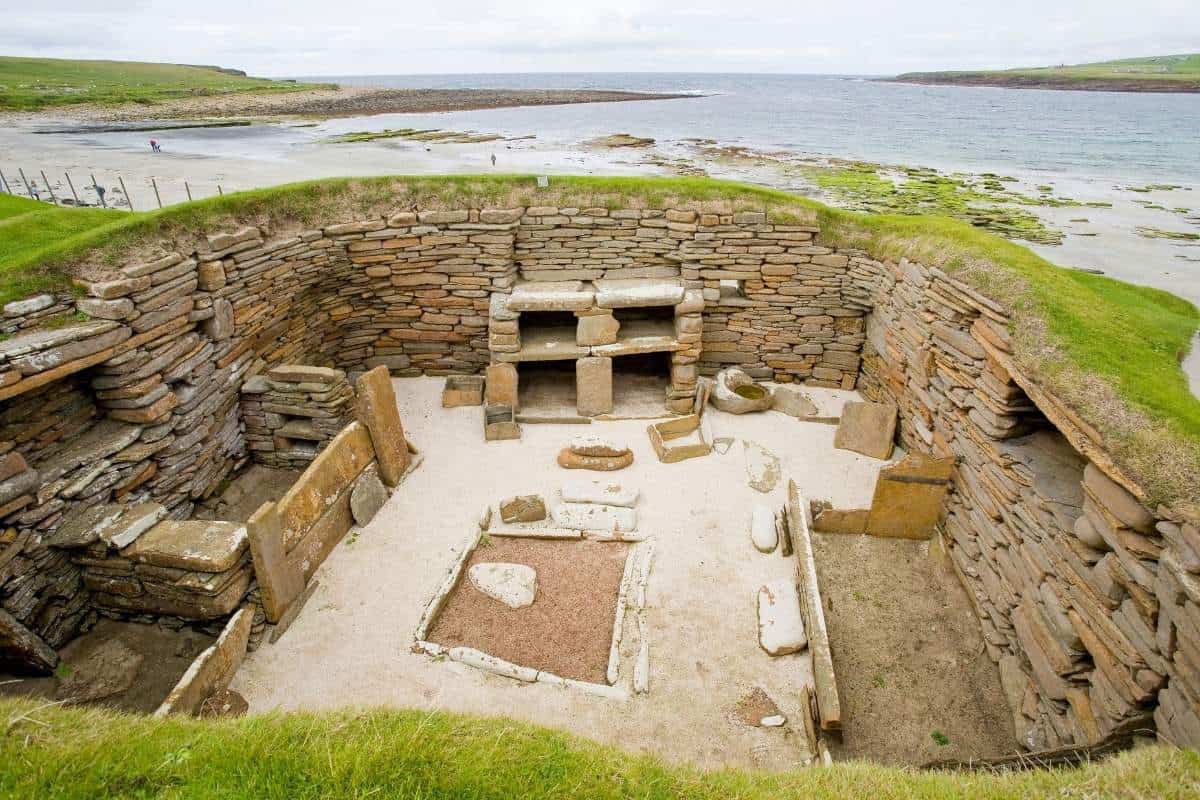
~ The Highland Games is a Scottish event that includes various strength activities and its history can be traced all the way back to Robert the Bruce! Some of the activities in the Highland Games include caber toss, hammer throw, maide-leisg, and stone put.
~ Antonine Wall is a UNESCO World Heritage Site that delineates the most northerly frontier of the Roman Empire from nearly 2,000 years ago. Built-in 140 AD, the wall was both a physical barrier and a symbol of the Roman Empire’s power and control. The wall runs west to east across central Scotland.
~ Scotland has been populated for an astounding 12,000 years! Romans frequently fought with the native Scots, called the Caledonians.
~ After many generations of fighting, in 1707 the Act of Union was signed. This put Scotland, England, and Wales together as a single state with one monarch (known as the United Kingdom of Great Britain).
Biodiversity
~ Does this infamous creature belong under the biodiversity theme of Scottish facts? We think so! The loch ness monster is a sea creature that is in the similar realm of the Sasquatch and unicorns, people want to believe that there is a large sea creature in Scottish lakes, however, sightings are rare and in between and often not from reliable sources. However the first recorded sighting of the loch ness monster, or ‘Nessie,’ is it is affectionally referred to by some, was first recorded in 565 A.D.! So whether or not you believe that the water is home to this giant creature, the loch ness monster is inextricably woven throughout the cultural region of Scotland.
~ Scotland has many stunning nature reserves but only two national parks: Cairngorms National Park and Loch Lomond & Trossachs National Park. The Trossachs are often said to display some of the best views in Scotland, with towering mountains, and deep lochs moving through the landscape.
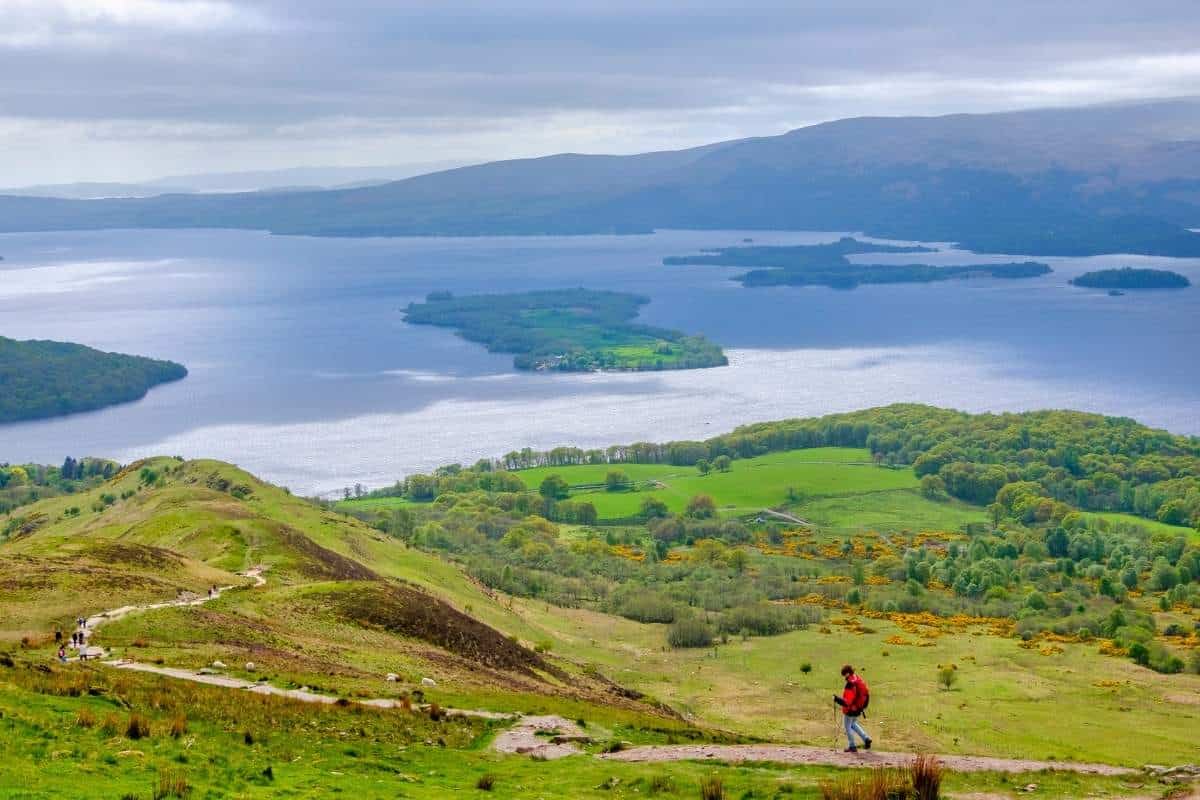
~ Is your mission in life to see the world’s tallest hedge? Well worry naught, you can find the 1,700-foot long and 100-foot high living wall in Scotland!
~ The oldest tree in Europe is a 3,000-year-old twisted yew tree and is found in Scotland.
~ Scotland is home to the tallest waterfall in the United Kingdom, which is 3 times the height of Niagara Falls when it is in full flow. Eas a’ Chual Aluinn is in the Scottish Highlands and has a sheer drop of 660 feet!
~ Out of all the lakes, the River Tay is the longest river in Scotland at 120 miles long. Other notable rivers in Scotland include River Spey, River Dee, River Tweed, and River Clyde.
~ Awarded in 2002, Loch Lomond and The Trossachs National Park was the first recognized national park in Scotland.
Scotland Fun Facts
~ If you want to travel from Westray to Papa Westray in the Northern Isles of Scotland, the flight will only take 53 seconds. If you can believe it, this jaunt is the shortest commercial flight in the world.
~ The train bridge made famous by Harry Potter and students heading to Hogwarts school on the Hogwarts Express is the Glenfinnan viaduct located in the West Scottish Highlands.
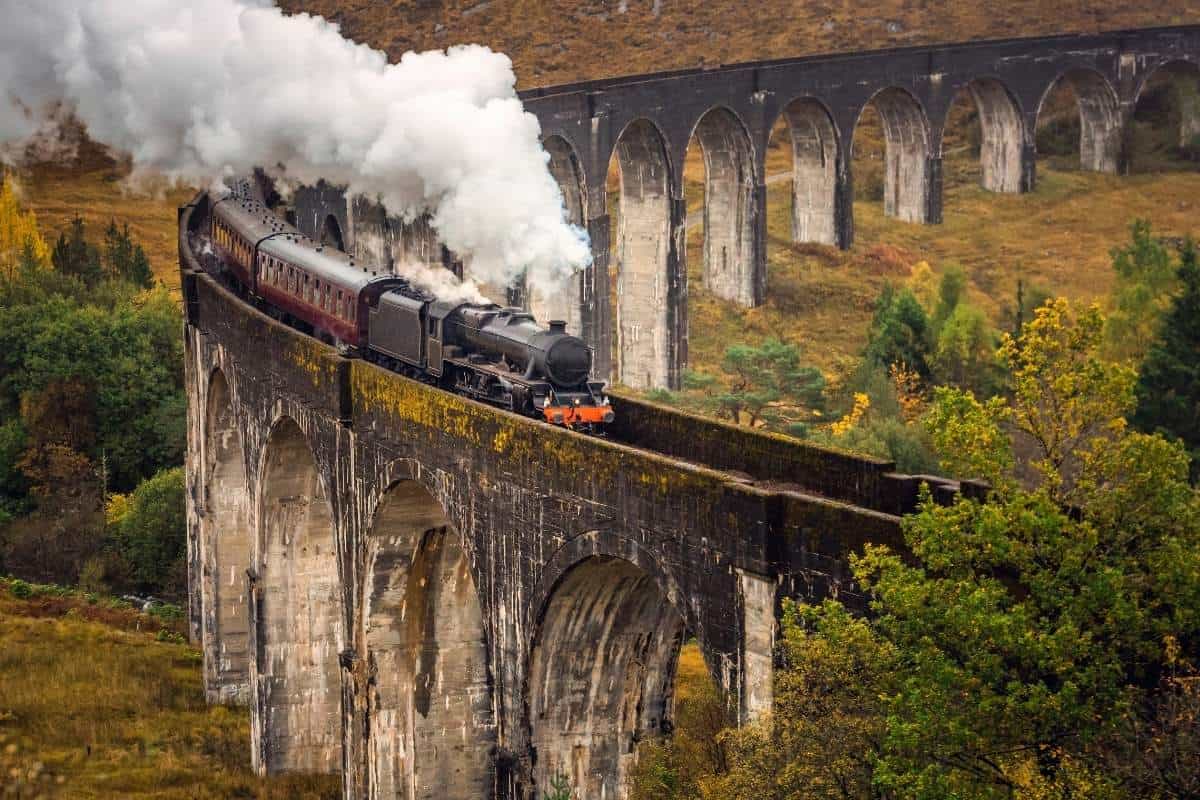
~ In fact, many people visit Scotland just to see pieces of inspiration that J.K. Rowling garnered while writing Harry Potter in Edinburgh or to see filming locations throughout Scotland and Great Britain.
~ Here is one of the more out-of-this-world facts about Scotland: the small town of Bonnybridge in the Lowlands of Scotland is the UFO capital of Scotland! It has more than 300 sightings of Unidentified Flying Objects are reported every year.
~ Established in 1824, Edinburgh, Scotland was the first city in the world to have its own fire brigade.
~ At Edinburgh Zoo, there is a knighted penguin named Sir Nils Olav.
Now that you’ve read all the facts about Scotland, test your knowledge and take our 20-question Scotland quiz.
[adinserter name=”Block 1″]
